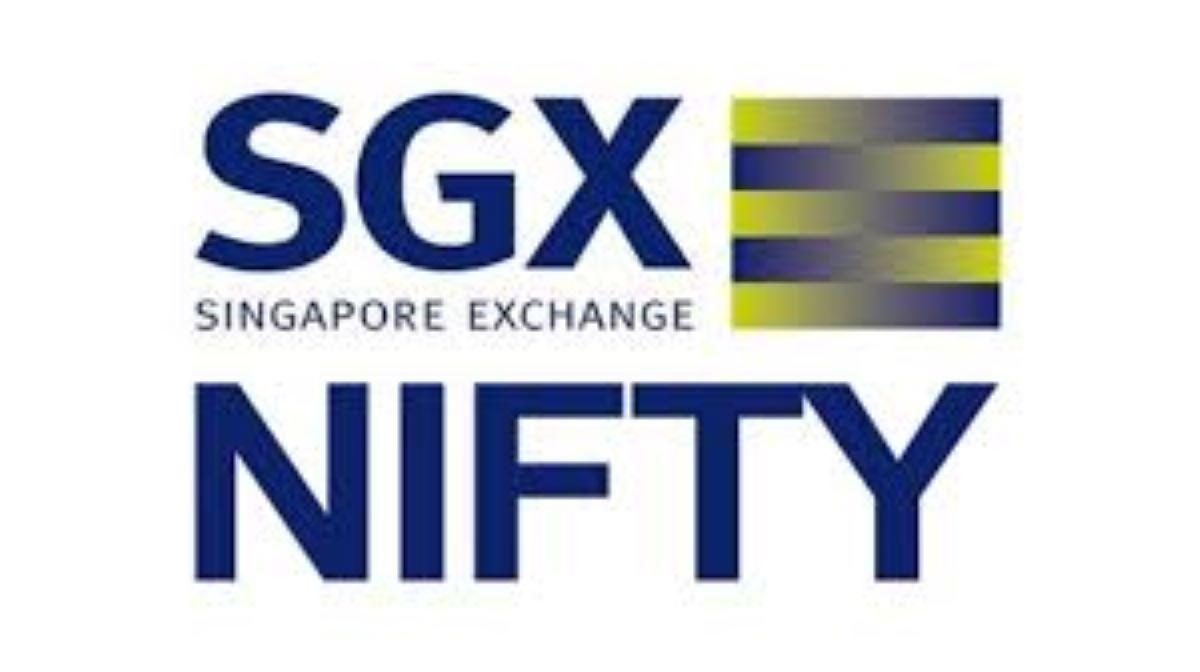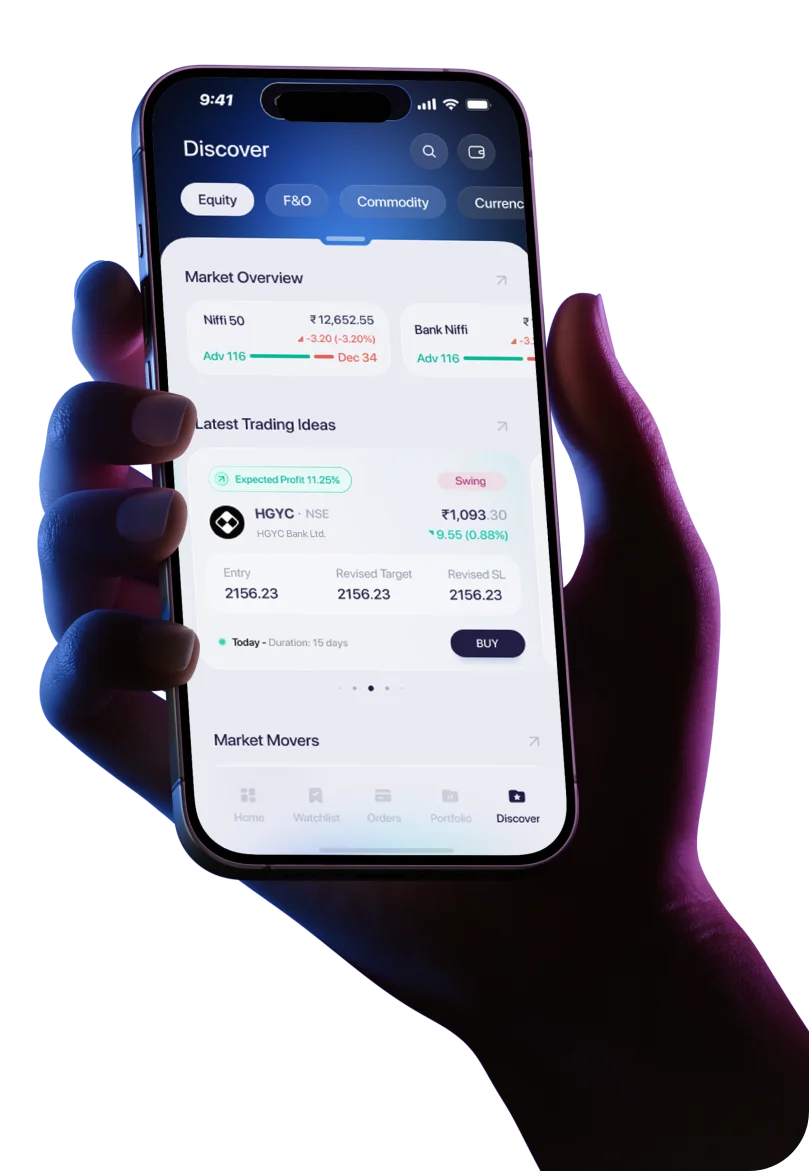The Indian stock market opens at 9:15 AM IST and closes at 3:30 PM IST. However, time zones vary worldwide, and different countries have different market timings. Many foreign traders and investors are inactive when the Indian markets are open. Conversely, the domestic markets may be closed when international investors are active.
So, what happens if you are a global investor with the capital, the conviction, and the interest to gain exposure to India’s stock markets? Naturally, you may want to track and trade the Nifty 50 index.
However, in recent years, directly trading on Indian exchanges has come with complicated requirements. It means getting registered as a foreign portfolio investor (FPI), adhering to India’s capital control framework, and dealing with tax implications, rupee settlements, and custodians. These systems were in place to ensure that India’s financial ecosystem stayed stable, secure, and well-regulated.
For international investors keen on gaining exposure to the Indian market without the burden of additional compliance, the SGX Nifty offered a convenient middle ground. In this article, we will take a closer look at the SGX Nifty's meaning, how it worked, and the trading hours, among other things.
What is the SGX Nifty?
At first glance, this instrument sounds like a market index. However, that’s not what the SGX Nifty is.
Launched September 25, 2000, the SGX Nifty Index was a futures derivative product traded on the Singapore Exchange and mirrored India’s Nifty 50. To better understand the SGX Nifty, think of it as an offshore indicator of Indian market sentiment. It offered a legally structured, globally accessible futures contract that tracked India’s Nifty 50 index. Thanks to this contract, global investors could trade Indian market movements without physically entering the Indian market.
Singapore was the geographical choice because it was a financial hub catering to global capital. With clean infrastructure, international laws, and a time zone that aligns well with both Asian and Western markets, SGX was the perfect host. It didn’t replace India; it merely supported India’s market by offering a convenient trading space for Nifty-based derivatives.
That said, the significance and meaning of SGX Nifty extended beyond convenience alone. It represented accessibility. With extended SGX Nifty trading hours, foreign investors could react to global events affecting India, even when the Indian markets were shut. This made it a crucial tool for institutions actively tracking the Nifty 50, as SGX Nifty prices closely followed its movements and influenced early market expectations.
The SGX Nifty Then and Now
A big part of understanding the SGX Nifty involves understanding how the contract was traded earlier and its current status. Let's take a closer look at these details.
The SGX Nifty Then
True to the meaning of the SGX Nifty, these futures were traded in Singapore in US dollars. Standardized contracts with the Nifty 50 index as the underlying asset were settled in cash. As expected, they drew in institutional investors and hedge funds looking to gain directional exposure to Indian equities or hedge their existing positions efficiently. Its smooth alignment with global markets made it a go-to instrument for offshore Indian equity players.
The prolonged SGX Nifty trading hours were among the defining advantages of this derivative. Trading in the SGX Nifty began early in the morning, at 6:30 AM IST (i.e., three hours before the Indian markets opened), and ran late into the evening, until 11:30 PM IST (i.e., eight hours beyond Indian market timings). This overlap with global trading zones enabled investors to act swiftly on news affecting India, long before the National Stock Exchange opened.
The SGX Nifty Now
Post-2022, the SGX Nifty underwent a significant transformation. Following an agreement between the NSE and the SGX, these Nifty-based futures contracts migrated to the NSE IFSC in Gujarat’s GIFT City — India’s international financial hub. SGX Nifty contracts were last traded in Singapore on June 30, 2023. In its new avatar, this contract began trading on the NSE IFSC as GIFT Nifty on July 3, 2023.
While the structure of the GIFT Nifty remains similar to that of the SGX Nifty, trading now happens through a connected access model. This allows SGX participants to trade Nifty derivatives on an India-regulated platform while keeping the global connection intact.
The shift to GIFT Nifty redefined the meaning of SGX Nifty for traders. It transformed from an offshore alternative to a collaborative, cross-border extension of the Indian markets. So, discussions about the SGX Nifty today revolve less around its status as an offshore alternative and more around its new role within the domestic regulated market as the GIFT Nifty.
Differences Between the SGX Nifty and the Nifty 50
It is easy to confuse the Nifty 50 with what the SGX Nifty is since both instruments have the term ‘Nifty’ in them. However, while their movements may be linked, they function in different trading environments and have distinct currencies, platforms, and access mechanisms.
Overnight movements in the SGX-based futures contract frequently influenced the early sentiment in the Indian market. That’s why the SGX Nifty’s trading hours were key in shaping the expectations for the Nifty 50 performance during the day.
This shows that the meaning of the SGX Nifty encapsulated its role as a global access point to Indian market sentiment, even though it was never a domestic benchmark like the Nifty 50. To further understand how they are different, check out the SGX Nifty vs Nifty 50 comparison below:
Particulars | Nifty 50 | SGX Nifty |
Trading Domain | NSE (India) | SGX (Singapore) |
Denomination | None (since it is an index) | USD |
Trading Hours | 9:15 AM – 3:30 PM IST | Extended SGX Nifty trading hours from 6:30 AM to 11:30 PM IST |
Regulation | Indian financial regulations | Singapore Exchange regulations |
Index Tracked | None (since it is the index) | Nifty 50 |
Role in the Market | Domestic benchmark index | Offshore futures contract |
Current Status | Actively traded | Replaced by GIFT Nifty and shifted to GIFT City |
Relevance Today | Core Indian market indicator | Does not exist as SGX Nifty any longer |
The Significance of the SGX Nifty for Traders
When it was active, traders around the world closely monitored the SGX Nifty and its movements. It was more than just a futures contract; it acted as a real-time signal of market sentiment. With extended SGX Nifty trading hours and offshore accessibility, it bridged time zones and regulatory barriers.
Check out why the SGX Nifty mattered to traders watching India from abroad.
Impact on Pre-Market Trading
Because SGX Nifty trading began before the Indian markets opened, this derivative acted as a mood indicator for the day. Indian investors tracked its overnight movements to gauge how domestic markets might react to global cues or breaking news.
Role in Global Market Accessibility
The SGX Nifty allowed global funds to gain exposure to Indian equities without direct registration or rupee conversion. As a well-regulated and dollar-settled contract, it made India’s markets accessible to investors who otherwise would have reconsidered due to the entry barriers.
Efficient Hedging for Offshore Portfolios
The SGX Nifty provided a convenient hedging tool for institutions holding India-focused assets abroad. They could manage risk in real time without being limited to Indian trading hours or local infrastructure.
Liquidity Outside Domestic Hours
The SGX Nifty also created a secondary market to track Indian equity sentiment even after the NSE closes for the day. This nearly round-the-clock presence offered a pulse on how India’s securities were being priced globally, especially during policy changes or geopolitical shifts.
Conclusion
This concludes everything you need to know about the meaning of the SGX Nifty and how it worked. Understanding what the SGX Nifty is may seem irrelevant today, but it is crucial to appreciate the GIFT Nifty’s role in the stock market today. The SGX Nifty was, after all, the GIFT Nifty’s predecessor.
Today, this Nifty-based futures derivative contract continues to link India’s markets with the world well beyond the domestic market timings. The GIFT Nifty trades for around 20 hours, from 6:30 AM to 2:45 AM (with a short break in between). This duration matches the extended SGX Nifty trading hours that helped global investors sync their trades with the Indian market.




 Easy & quick
Easy & quick
Leave A Comment?